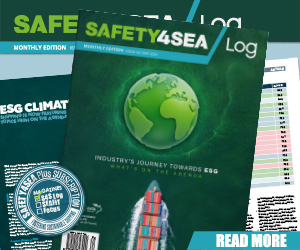Injured by falling object
Experience Feedback A team of seamen was transporting a newly-supplied garbage compactor from the upper deck to a higher deck aft of the galley area. When changing the lifting arrangement from above the work area, they requested assistance from a passing crewmember, who was not part of the assigned work team. As he approached the work area, a shackle was accidentally dropped from above, hitting him on the head. Fortunately, there was no injury.Lessons learnt1. The team failed to review the operation when the additional person was called to assist. In this case, the operation should have been stopped and the new team member properly briefed, in accordance with safe working practices;2. Any additional personnel inducted into a task should wear appropriate PPE before entering the work area. Corrective/preventative actions Fleet circular issued to all vessels, instructing crew to:1. Conduct proper risk assessments before commencing a task. In case of change in circumstances or personnel, the job must be stopped, risks re-assessed and only allowed to continue once appropriate control measures are in place;2. Observe the 'Take 5' rule at various stages during the task;3. Comply with the PPE matrix at all times;4. Plan the work carefully, allocating sufficient manpower ...
Read more
























































